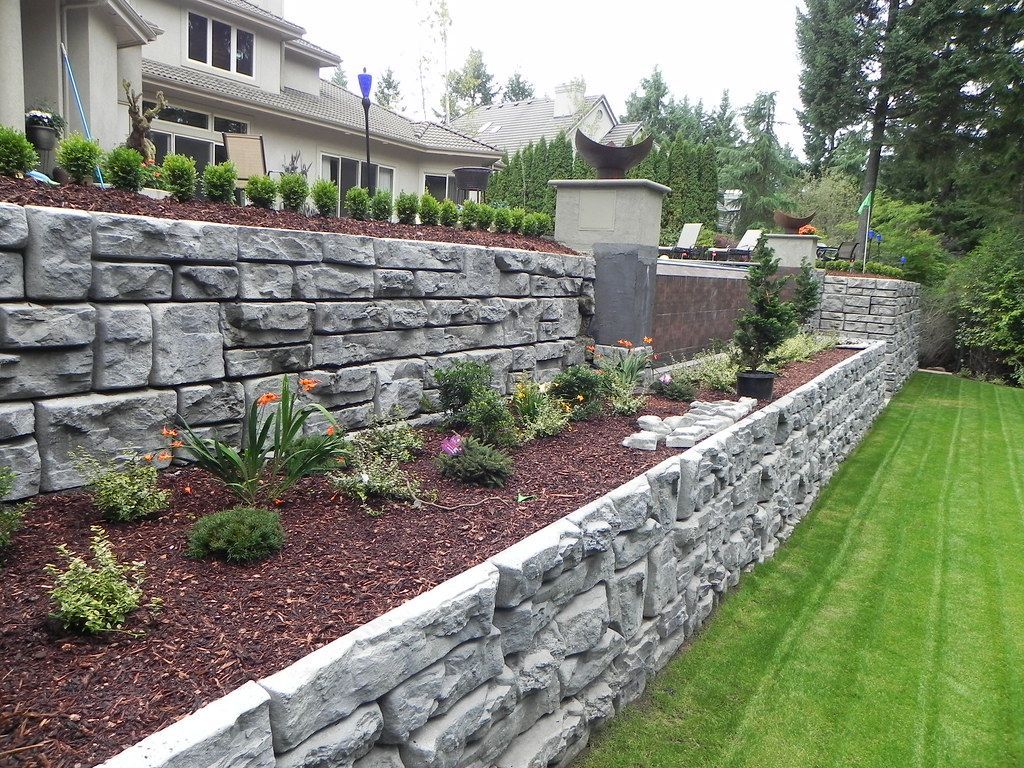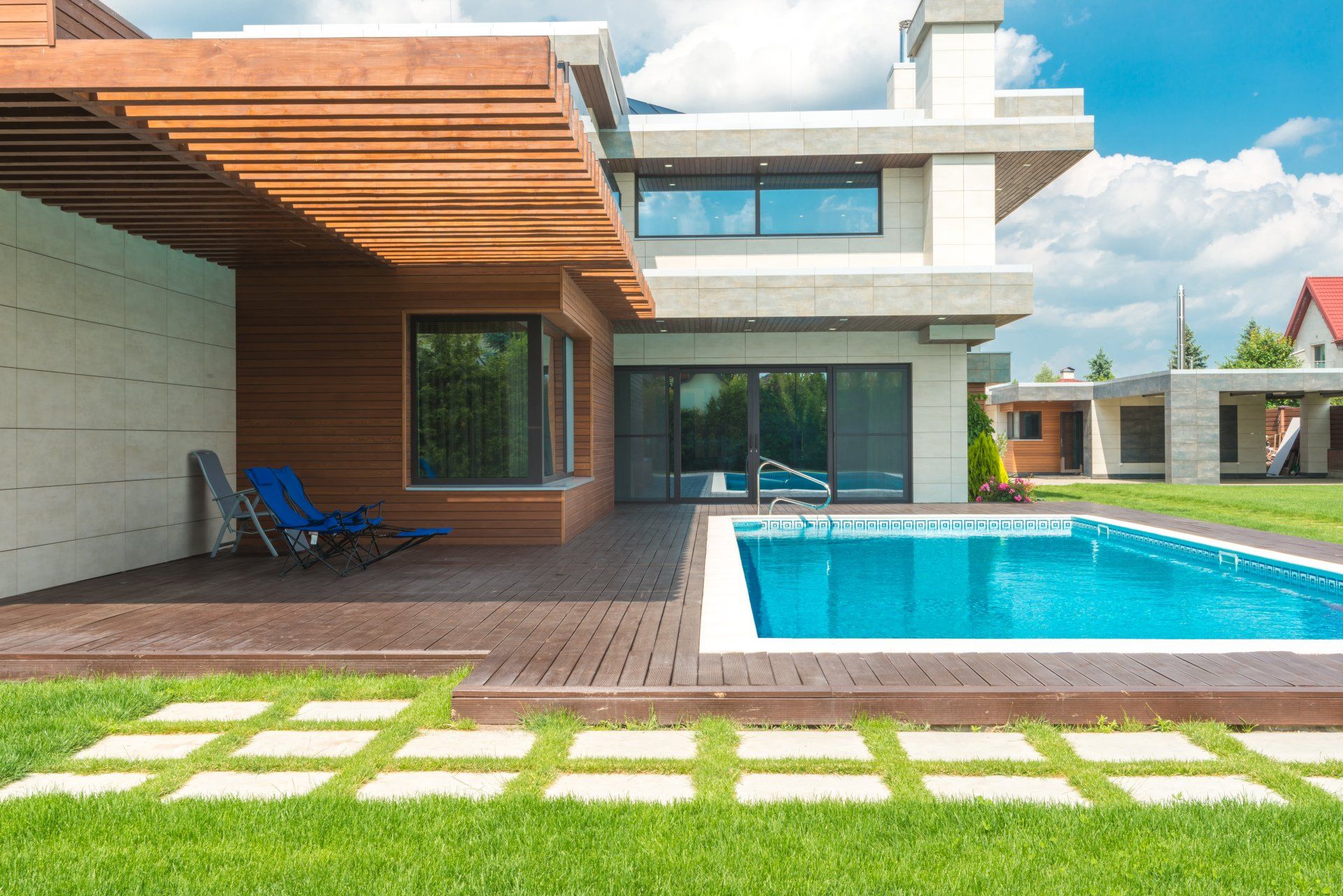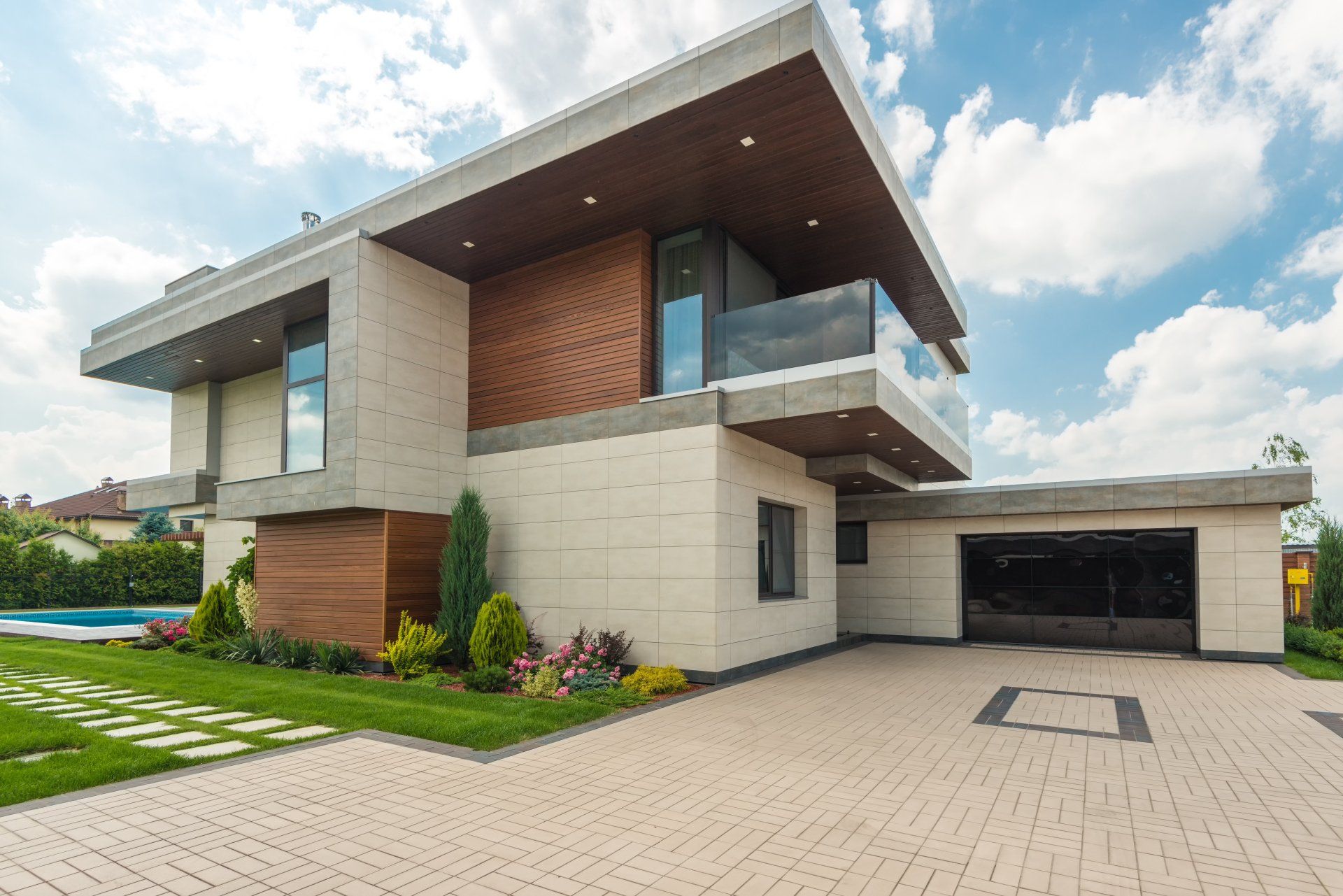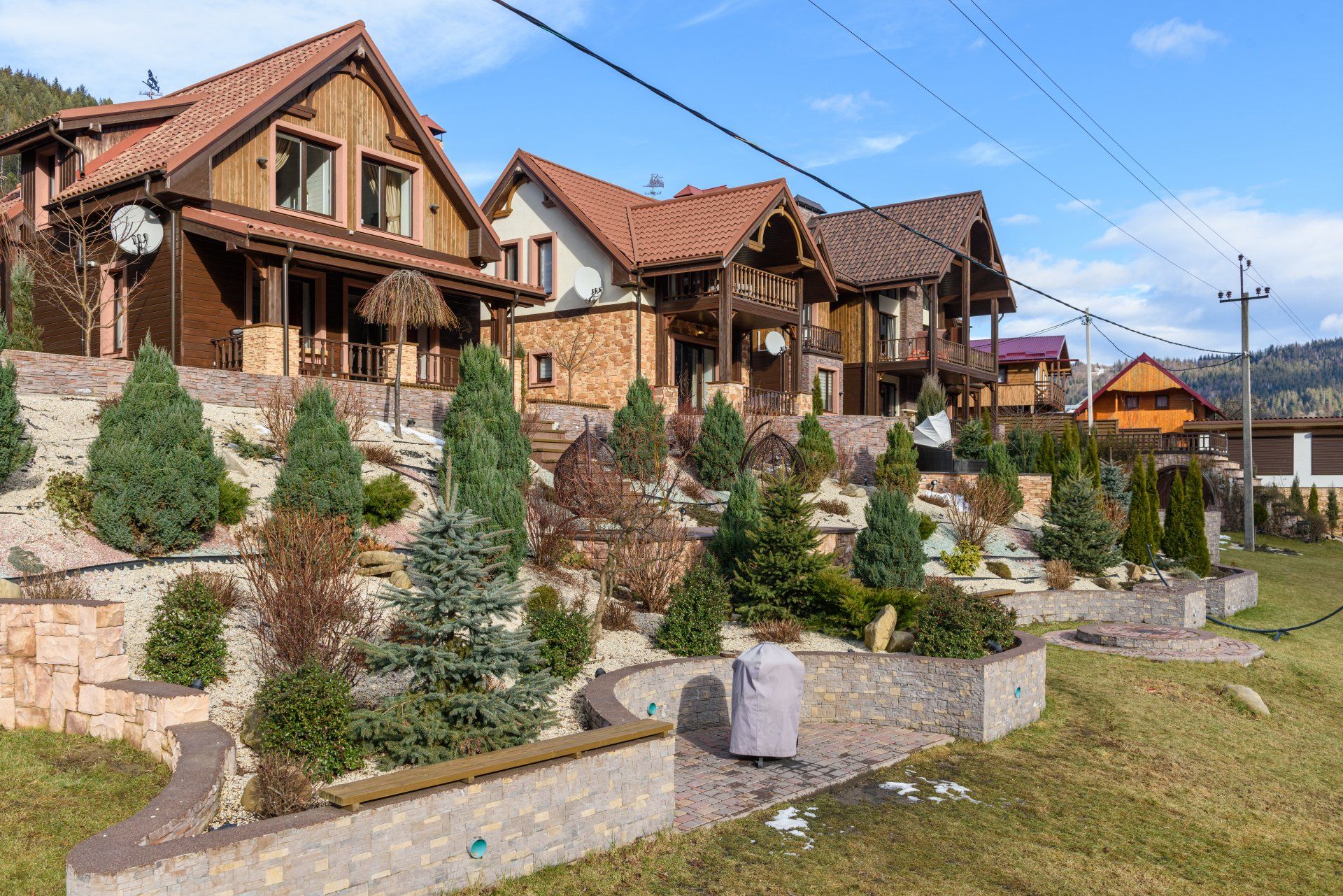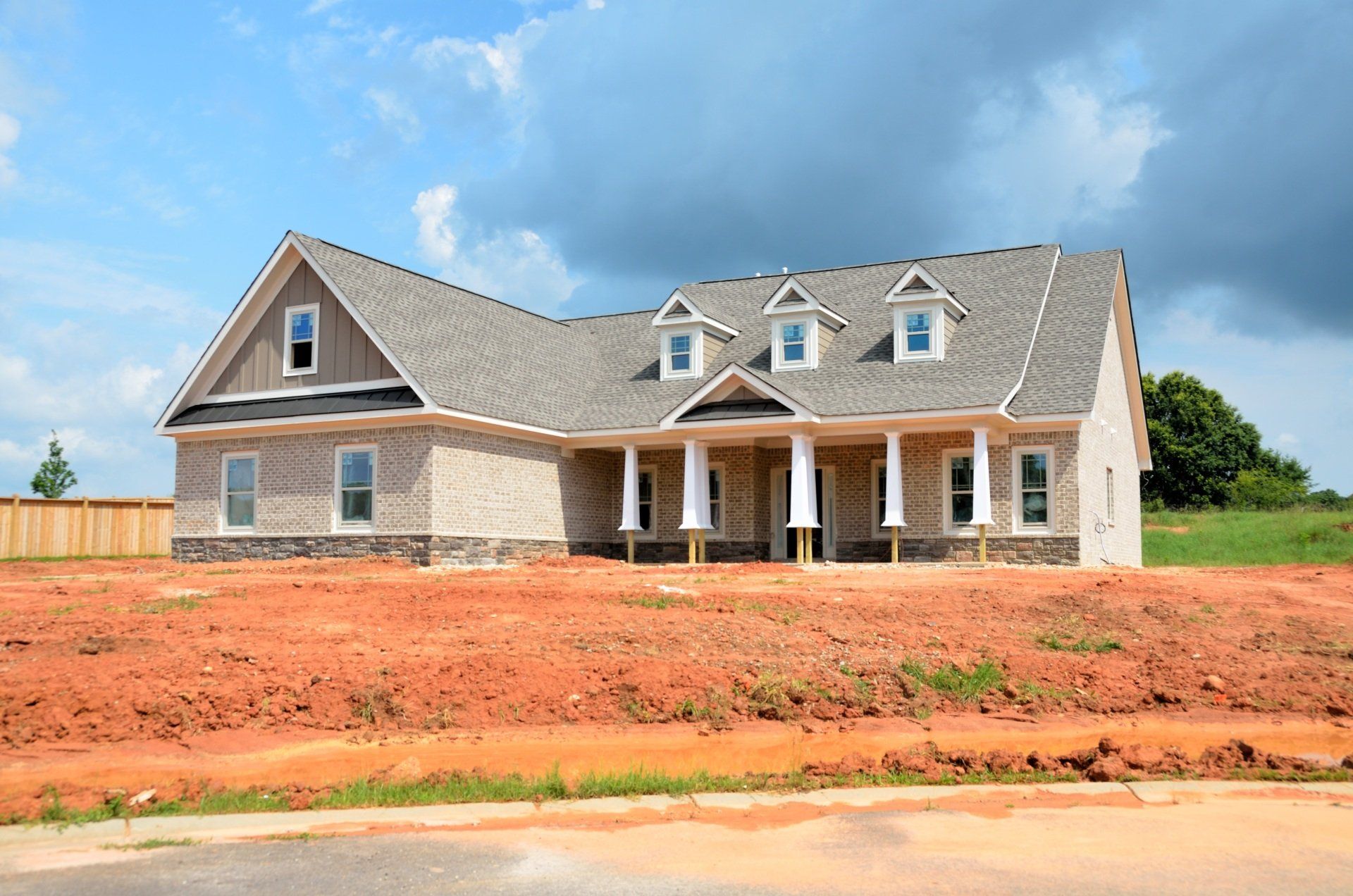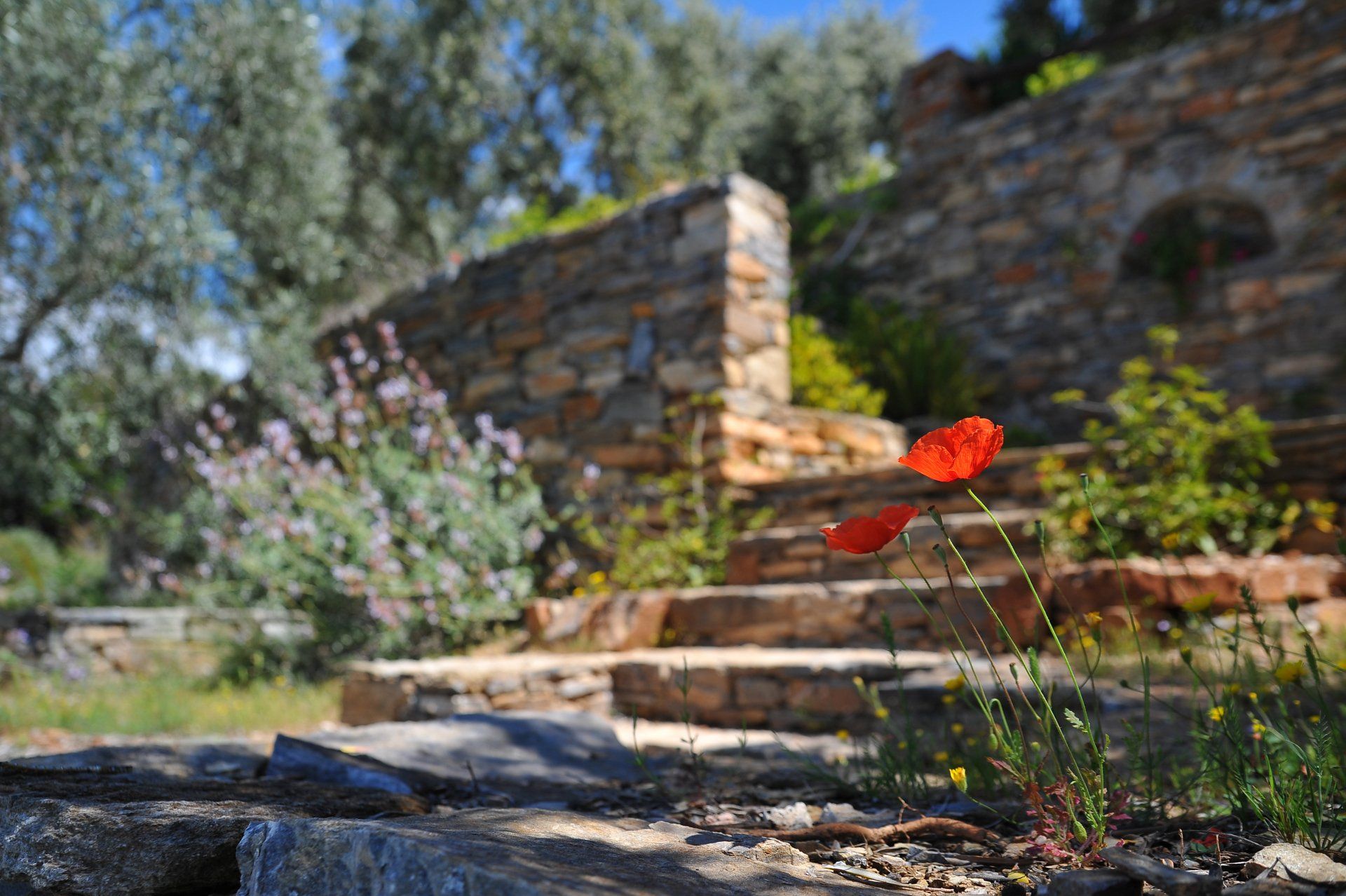Top 7 Principles of Landscape Design
Landscape Design Basics
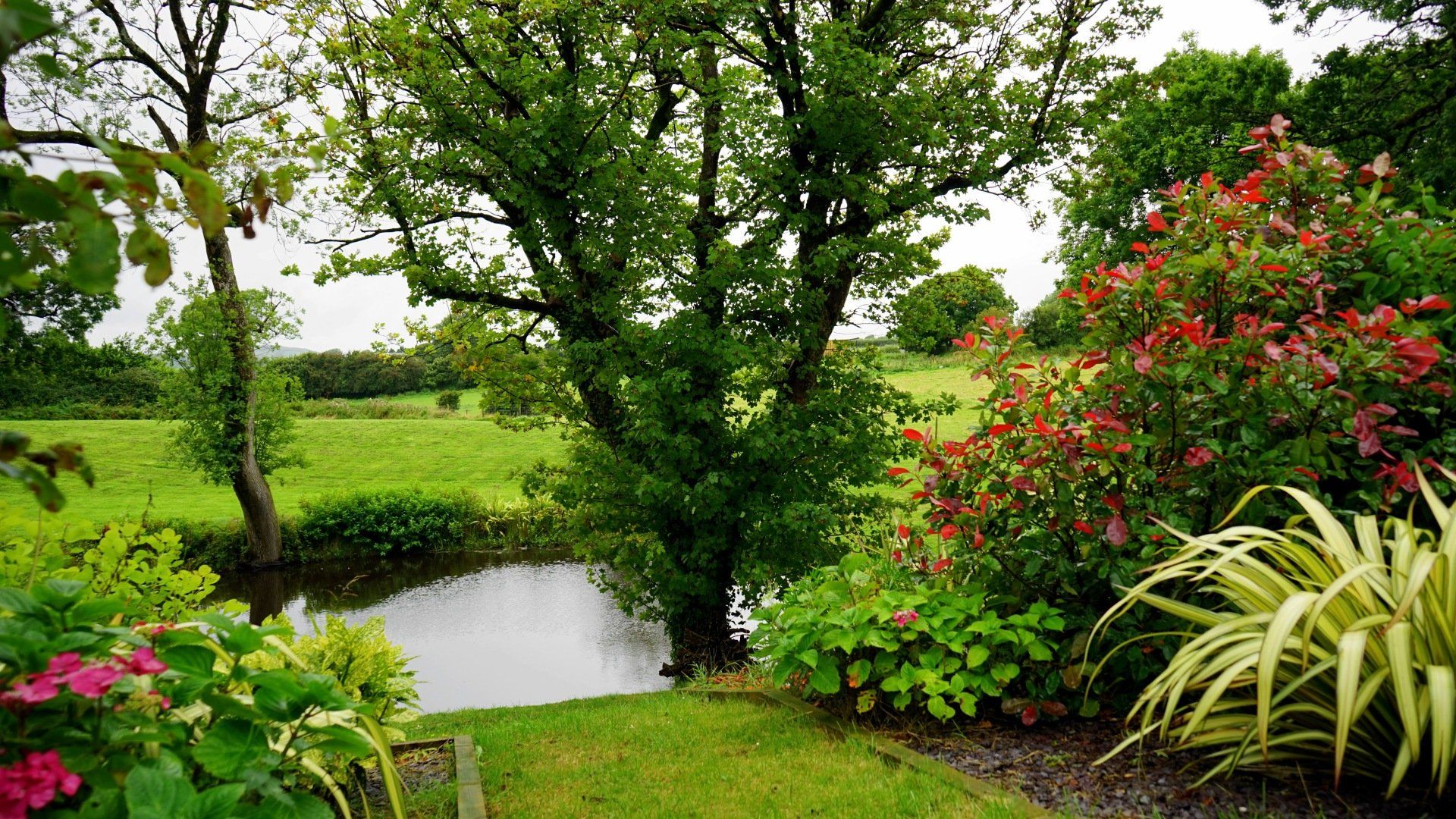
Landscape design involves planning and hard work to create a stunning outdoor space. To succeed, consider the scale and proportion of your design, creating balance through focal points and symmetrical elements, choosing plants that will thrive in your climate and soil, creating unity through complementary colors and consistent textures, leaving open spaces between elements, adding movement with pathways, and incorporating lighting. By following these principles, you can create a beautiful and functional outdoor space that you can enjoy for years to come.
Principle #1 - Simplicity
Simplicity is the cornerstone principle of landscape design. Whether you’re aiming to create a cutting edge landscape that blends traditional and modern styles, or just having a bit of fun with your garden, being mindful of the simplicity principle can help you achieve your desired effect. The landscape is all about artistry in composition and arrangement - and keeping it uncluttered can really add to its impact. Simplicity isn't just about utilizing minimal tools or materials for landscaping projects; it could also involve forgoing elements that are common in other landscape designs, such as water features or decorative plants. Really take in the variety of shapes and textures that are already present in the landscape, and find out how to use them instead!
Principle #2 - Unity
Unity is one of the essential principles of landscape design. Without it, a landscape may appear chaotic or disjointed, prompting viewers to miss its true beauty. As landscape professionals, landscapers must ensure that every element of the landscape works together in order to create an attractive and unified end result. Working with living materials unique to each property requires thoughtful consideration and creative solutions from landscapers who understand how to integrate different plants, objects, and surfaces into a cohesive landscape design. The goal is always a harmonious landscape that complements the natural surroundings and gives clients a stunning outdoor living space to enjoy.
Principle #3 - Harmony
Harmony is an underrated principle of living. It requires effort, thoughtfulness, and dedication to make sure that relationships are peaceful. To practice harmony, we must strive to understand those around us, take responsibility for our own actions, and be flexible when confronting differences in opinion. Working towards harmony makes life more enjoyable and fulfilling overall. Ultimately, this principle teaches us that the world is better and brighter when people try their best to live in balance with one another. So let's get to work on creating that harmony!
Principle #4 - Balance
Balancing landscape design can be one of the most challenging tasks for landscapers. However, this Principle of Balance is essential to all successful landscape designs. A great landscape design should strive to provide dynamism through a proper combination of form and texture while ensuring an overall balance in the landscape. It may require careful planning, modeling, and adjusting of the different scales and dimensions that each element presents. Notably, when it comes to establishing an effective landscape design with balanced aesthetics, landscape architects and experienced landscapers are invaluable resources.
Principle #5 - Proportion and Scale
When it comes to landscape design, proportion and scale are essential! They form the basis of landscape design principles, which landscapers take into account when creating beautiful outdoor spaces. Understanding how different elements relate and interact with each other is key to achieving perfect proportions. Getting creative is also important; proportion and scale not only help to bring order to a landscape design or project but also add a touch of magic! By combining both precision and creativity, landscape designers can put together magical designs that truly capture the essence of proportion and scale.
Principle #6 - Rhythm and Movement
Rhythm and Movement, is essential to reaching any artistic goal. Dance moves our bodies through physical space in time – so it makes perfect sense that animators need to use this most basic element of art when creating movement and life on the page. It's all about understanding how each character or object interacts with its environment – and the timing of those interactions. For example, the way a character might move slowly one moment and speed up the next, or change direction completely. This kind of attention to detail can make your work come alive! So have some fun when it comes to adding rhythm and movement into your animations – layering different rhythms together can create uniquely beautiful results.
Principle #7 - Variety
Variety is the spice of life! By adding a mix of different elements – from plants to materials, colors, and textures – you can create a unique landscape that perfectly reflects each property. Landscapers should strive for an interplay between hardscapes (such as stone walls or pathways) and softscapes (such as sod installation, artificial grass, and shrubbery), in order to create a visually appealing design. Additionally, incorporating different shapes and sizes of elements can help to create more dynamic compositions. Ultimately, variety creates more visual interest – so let’s have some fun with it!
Just as with art, when it comes to landscaping, less is often more. A well-executed minimalist landscape can be just as beautiful – and sometimes even more so – than one that’s cluttered with plants and features. If you’re looking to simplify your outdoor space, or if you simply want to create a stunning landscape that will WOW your neighbors, call your local landscape design experts today. With years of experience under their belts, these professionals know how to take your yard from ordinary to extraordinary using the principles of simplicity, unity, harmony, balance, proportion and scale, and rhythm and movement. So what are you waiting for? Pick up the phone and dial now!
See Previous Post Here:
https://www.savannah-landscape.com/5-tips-to-having-low-maintenance-landscape-designs
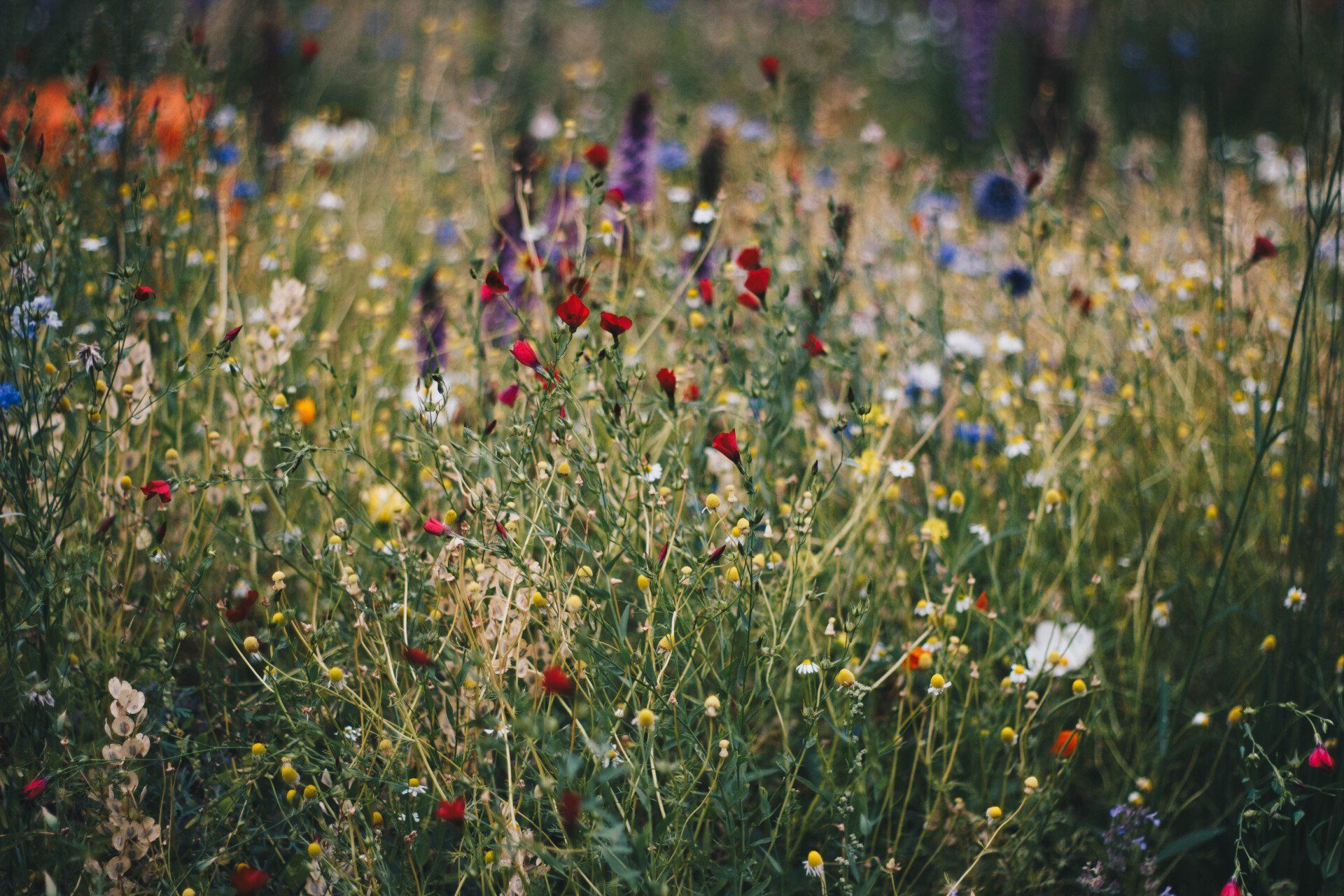

Contact
Savannah, GA, United States
By interacting with this company, I essentially agree to be contacted via SMS

